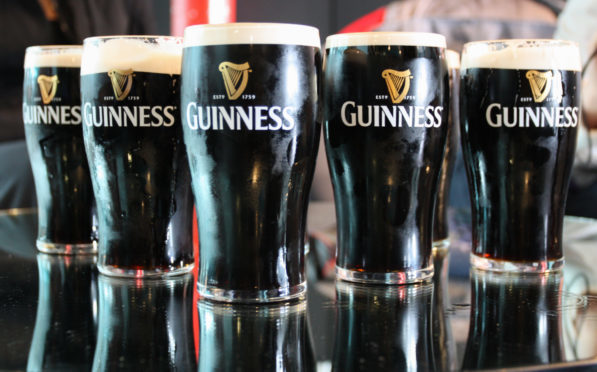It happened a third of a century ago, and to many it’s an event as distant as Flodden or Agincourt. However, the battle for Distillers, Scotland’s then-biggest whisky firm, in the mid-1980s proved a mega-earthquake that shook the whisky industry, the City, the Stock Exchange and, frankly, the whole of Britain as never before. And, for good or ill, it ushered in an unscrupulous way of doing business that, sadly, has become almost wholly the norm.
In a nutshell, once-mighty Distillers (DCL), once three-quarters of the Scotch industry, had through bad management almost landed in dire straits. So James Gulliver, son of a Campbeltown grocer but now boss of the dynamic Argyll retail group, made a bid for DCL, which was derisively rebuffed by its directors. That spurred Guinness, under its MD, Swiss-born Ernest Saunders, also to bid for DCL. Initially it was neck-and-neck between the bidders until, suddenly, Guinness shares started soaring in value, hugely increasing the value of their bid.
Normally in a takeover battle, the predator firm’s shares slide while the target firm’s rise. What had happened here? Saunders had tried two tricks—now widely used, but then almost untried in the UK and highly dubious. He got a US wheeler-dealer, Ivan Boesky, to buy $100 million of Guinness shares (while Guinness bought $100 million of Boesky-linked shares) and Saunders borrowed £100 million from a Swiss bank, which Guinness used to buy back its own shares. All of which upped its share price and bid for Distillers. So Guinness won.
Saunders’ triumph proved painfully short-lived for him personally. He was charged with fraud and, after a long trial in 1990, was jailed for five years, later cut to two. Countless heads rolled at DCL after the takeover and countless other heads rolled in the aftermath. It also gave Britain a nasty jolt, highlighting that in the City and Stock Exchange, the old gentlemanly days of yore were gone and that, from now on, vultures ruled the roost.
The Guinness-Distillers takeover heralded a vast distilling shake-up, in Scotland and globally. Long-established names vanished. Distilleries and brands were sold and bought almost like used cars at auction. However, it has led to a more efficient and better-managed industry which, long-term, has definitely benefited Scotland.










